Products
Shop By
-
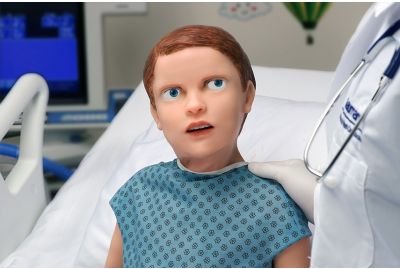 Pediatric HAL® S2225 - Wireless and Tetherless Pediatric Patient SimulatorS2225.PKLearn MorePediatric HAL® is the world's most advanced pediatric patient simulator and the first capable of simulating lifelike emotions through dynamic facial expressions, movement, and speech. HAL is designed to help providers of all levels develop the specialized skills needed to effectively communicate, diagnose, and treat young patients in nearly all clinical areas.
Pediatric HAL® S2225 - Wireless and Tetherless Pediatric Patient SimulatorS2225.PKLearn MorePediatric HAL® is the world's most advanced pediatric patient simulator and the first capable of simulating lifelike emotions through dynamic facial expressions, movement, and speech. HAL is designed to help providers of all levels develop the specialized skills needed to effectively communicate, diagnose, and treat young patients in nearly all clinical areas. -
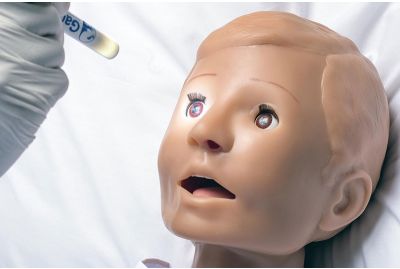 Pediatric HAL® S3005 - Wireless and Tetherless, Five-Year-Old Patient SimulatorS3005.PKLearn MoreFrom nursing to emergency care, the Pediatric HAL® S3005 Five-Year-Old Patient Simulator allows you to train teamwork and patient care skills through hands-on exercises. Pediatric HAL® is wireless and tetherless and remains fully functional while being moved from place to place.
Pediatric HAL® S3005 - Wireless and Tetherless, Five-Year-Old Patient SimulatorS3005.PKLearn MoreFrom nursing to emergency care, the Pediatric HAL® S3005 Five-Year-Old Patient Simulator allows you to train teamwork and patient care skills through hands-on exercises. Pediatric HAL® is wireless and tetherless and remains fully functional while being moved from place to place. -
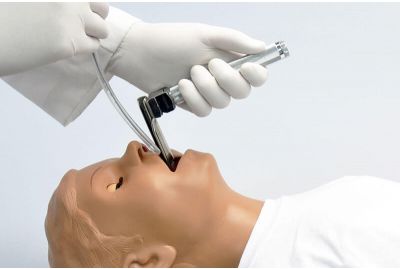 Five-Year-Old PEDI® Nursing Care Patient Simulator with OMNI® 2 (S155.250)S155.250.PKLearn MoreThe PEDI® S155.250 is a multipurpose simulator designed to help participants practice and develop pediatric nursing care and resuscitation skills, including CPR, intubation, and other life support procedures.
Five-Year-Old PEDI® Nursing Care Patient Simulator with OMNI® 2 (S155.250)S155.250.PKLearn MoreThe PEDI® S155.250 is a multipurpose simulator designed to help participants practice and develop pediatric nursing care and resuscitation skills, including CPR, intubation, and other life support procedures. -
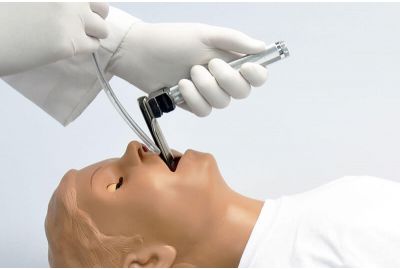 Five-Year-Old PEDI® Nursing Care Patient Simulator (S155)S155.PKLearn MoreThe Five-Year-Old PEDI® Nursing Care Patient Simulator is designed to help participants practice and develop pediatric nursing care and resuscitation skills. The S155 includes an intubatable airway, an injection training arm, an intraosseous injection leg, and appropriate arterial/venous system to ensure participants in ALS training programs receive hands-on training.
Five-Year-Old PEDI® Nursing Care Patient Simulator (S155)S155.PKLearn MoreThe Five-Year-Old PEDI® Nursing Care Patient Simulator is designed to help participants practice and develop pediatric nursing care and resuscitation skills. The S155 includes an intubatable airway, an injection training arm, an intraosseous injection leg, and appropriate arterial/venous system to ensure participants in ALS training programs receive hands-on training. -
 Simon® S310 - CPR Patient SimulatorS310.PKLearn MoreQuality CPR simulators designed to operate for years. Robust and sturdy construction with full-size, realistic landmarks and one-piece disposable airways.
Simon® S310 - CPR Patient SimulatorS310.PKLearn MoreQuality CPR simulators designed to operate for years. Robust and sturdy construction with full-size, realistic landmarks and one-piece disposable airways. -
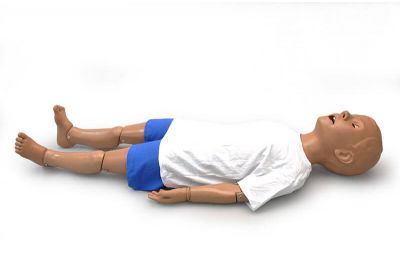 5-Year-Old Patient, PEDI® Airway Trainer (S314)S314.PKLearn MoreThe 5-Year-Old Patient Airway Trainer is a full-body pediatric manikin designed with a realistic chest cavity and airway that allows participants to practice correct intubation of pediatric patients. Participants can use real tools to hone technique and reduce the potential for airway injury.
5-Year-Old Patient, PEDI® Airway Trainer (S314)S314.PKLearn MoreThe 5-Year-Old Patient Airway Trainer is a full-body pediatric manikin designed with a realistic chest cavity and airway that allows participants to practice correct intubation of pediatric patients. Participants can use real tools to hone technique and reduce the potential for airway injury.
